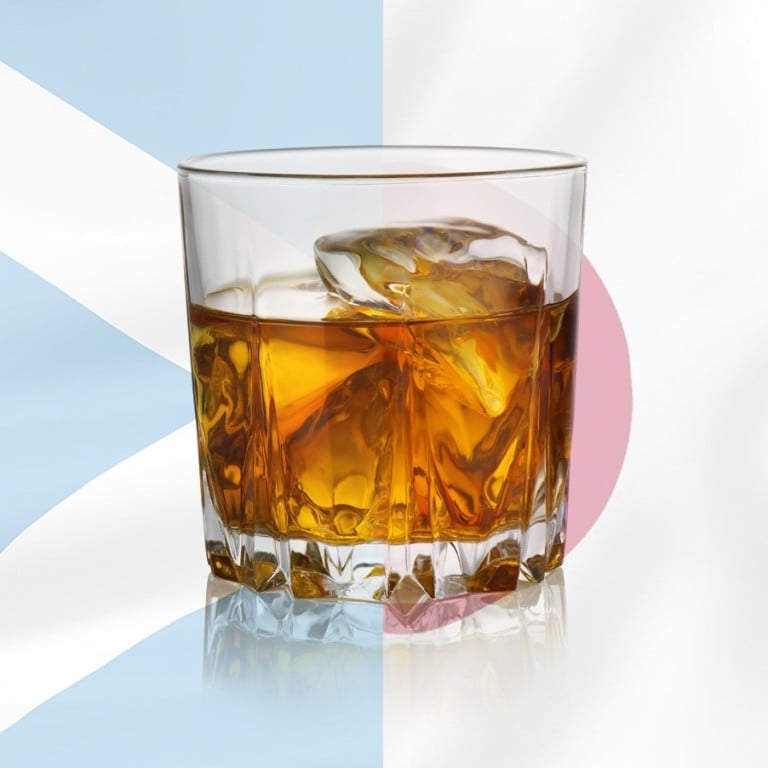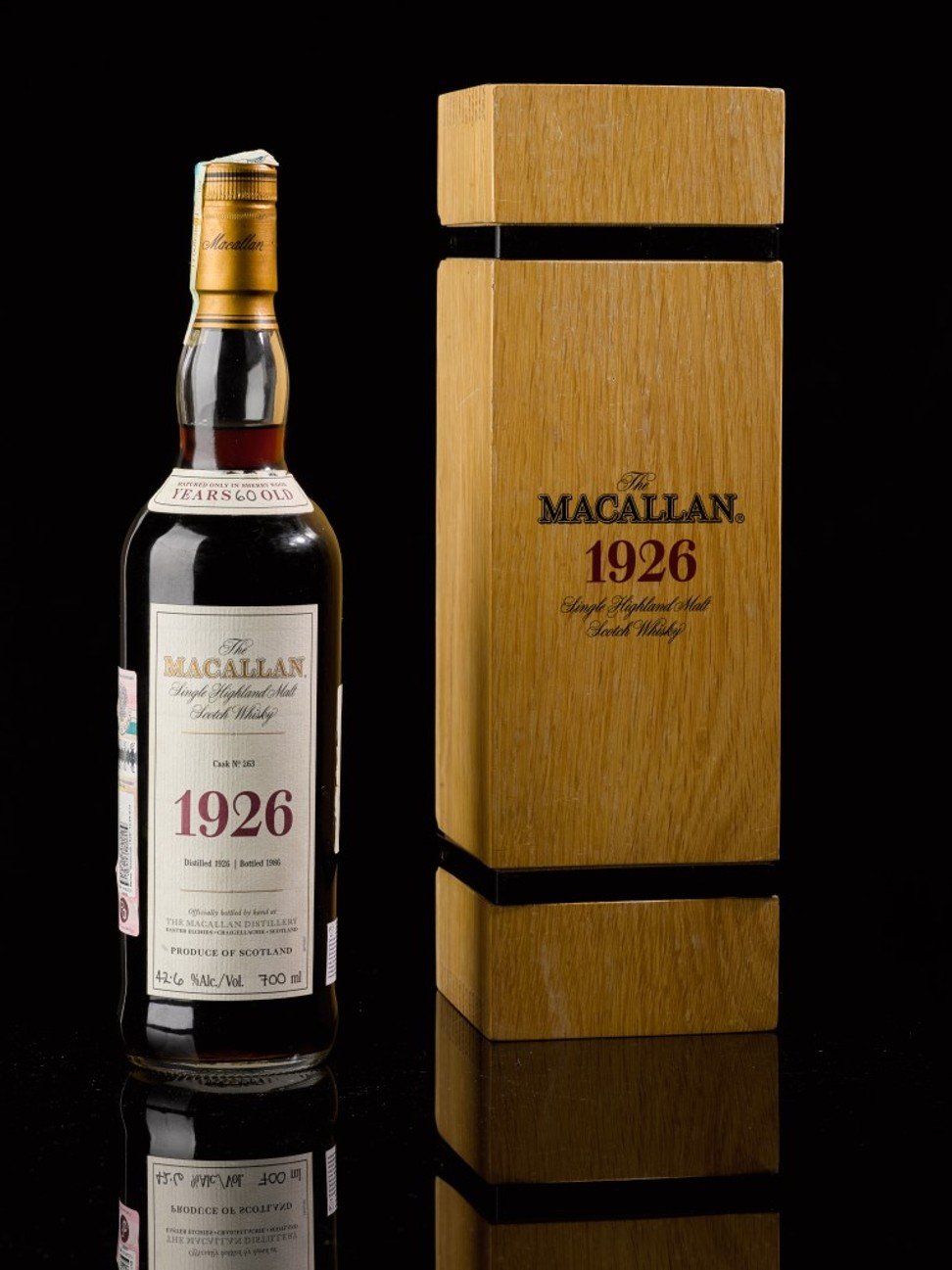Whisky Debates: Scotch vs Japanese – which is the best investment if you are a collector?

In the latest edition of STYLE’s Whisky Debates, we pit Scotch against Japanese whisky. For those looking at whisky as an investment, these two have been the leading categories for ages. Bourbon is popular in the United States, however, it hasn’t made a huge impact across the globe in terms of record-breaking prices.
When focusing on collecting and investment, one question always comes up – which of the two leading categories should a collector pursue for investment?
Whisky Debates: Glenfiddich 12YO vs Macallan Double Cask 12 Years Old
Scotch whisky
Macallan 1926, a Scotch, holds the world record of US$1.9 million for the most expensive whisky bottle ever sold at auction – at Sotheby’s in London in October 2019.

With Macallan at the forefront, Scotch whisky leads the global fine and rare whisky market with other highly collectible brands such as Bowmore, Dalmore, Springbank and Port Ellen. For years, headlines were regularly made with bottles selling for hundreds of thousands of dollars, and appreciating continuously in value. Scotch whisky has shown steady growth in the rare and aged category, with steep as well as slow rises.
Regular rare whisky releases by the Scotch industry as a whole have also contributed to its popularity, such as the new Dalmore 51-Year-Old, two rare Rosebank single cask bottlings launched in February along with many other new products. This stream of new releases keeps interest firmly focused on Scotch.
Meet Mike Meldman, one of George Clooney’s business partners
Japanese whisky
Unlike Scotch, Japanese whisky suddenly burst onto the scene. However, the closure of the famed Karuizawa distillery led to most expressions becoming rare. Years later, Karuizawa single casks bottlings began rising in auctions while Yamazaki, Nikka and Hibiki grew amid aged stock shortages that remain to this day.

The category skyrocketed with Karuizawa at the forefront but has since slowed down. Japanese whisky’s sudden rapid growth is, ironically, what turned so many fans away from it. While Scotch prices can reach astronomical levels, Japanese whisky saw that happen too quickly, and many collectors and fans lost interest. Even the youngest Japanese whiskies are far too expensive now, discouraging collectors from delving deeper into the category.
Aaron Chan’s Club Qing in LKF – a whisky bar with something for everyone
Unlike Scotch, old and rare Japanese whisky releases are few and infrequent, mostly because the distilleries don’t have enough aged stock. Before the recent announcement of the new Yamazaki 55-year-old it had been almost a year since a well-aged expression from an active Japanese whisky maker had been announced.
The verdict:
While Karuizawa, Yamazaki and Hibiki have undergone a boom in recent years, when the prices of these brands skyrocket it becomes extremely tough to find stock. Scotch remains the most sensible and smart investment due to the steady rise in value over the years and continuous, non-fluctuating global interest in the category.
So, if you’re investing in whisky, Scotch is the way to go for steady, smooth profits. While other categories will rise and fall, Scotch is too big and too global to be surpassed any time soon.
Want more stories like this? Sign up here. Follow STYLE on Facebook, Instagram, YouTube and Twitter .

Macallan or Karuizawa? Dalmore or Yamazaki? In the second part of the STYLE series, we assess which of the two leading whisky categories to pursue for investment and profit